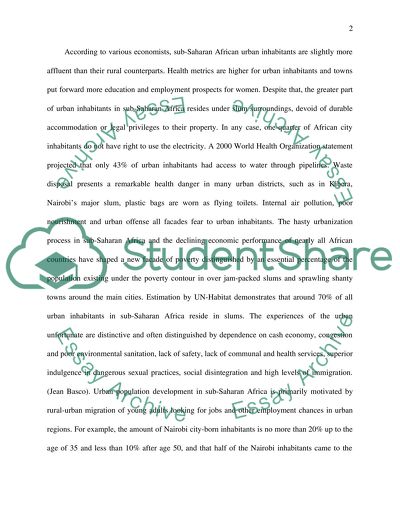Cite this document
(“Urbanization in Saharan Africa Essay Example | Topics and Well Written Essays - 1250 words”, n.d.)
Retrieved from https://studentshare.org/sociology/1527391-urbanization-in-saharan-africa
Retrieved from https://studentshare.org/sociology/1527391-urbanization-in-saharan-africa
(Urbanization in Saharan Africa Essay Example | Topics and Well Written Essays - 1250 Words)
https://studentshare.org/sociology/1527391-urbanization-in-saharan-africa.
https://studentshare.org/sociology/1527391-urbanization-in-saharan-africa.
“Urbanization in Saharan Africa Essay Example | Topics and Well Written Essays - 1250 Words”, n.d. https://studentshare.org/sociology/1527391-urbanization-in-saharan-africa.


